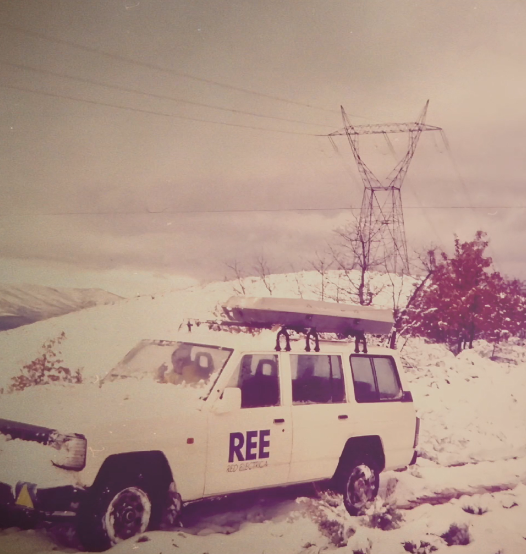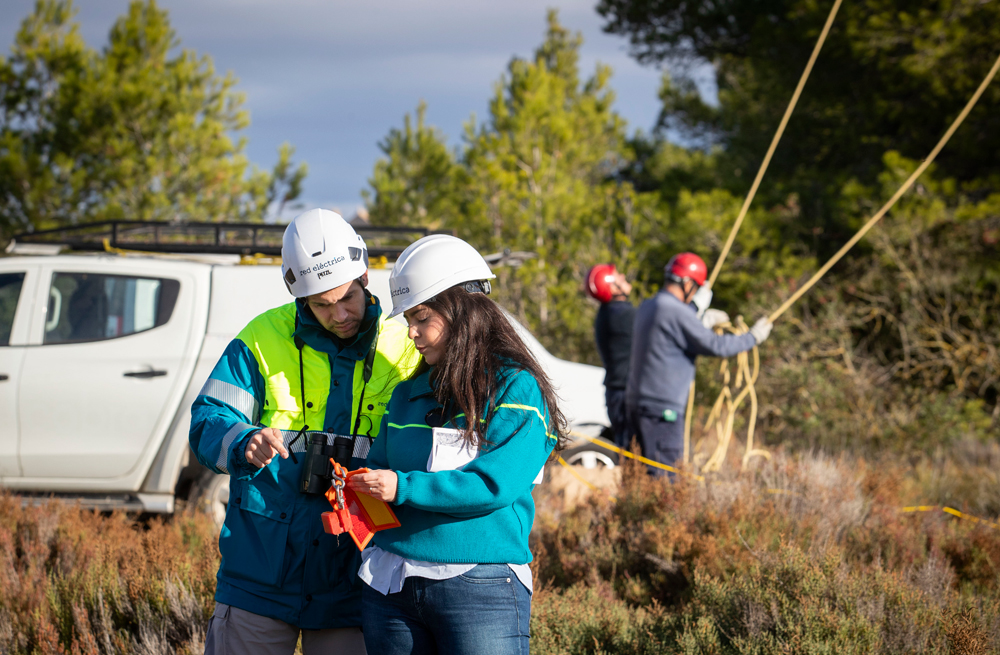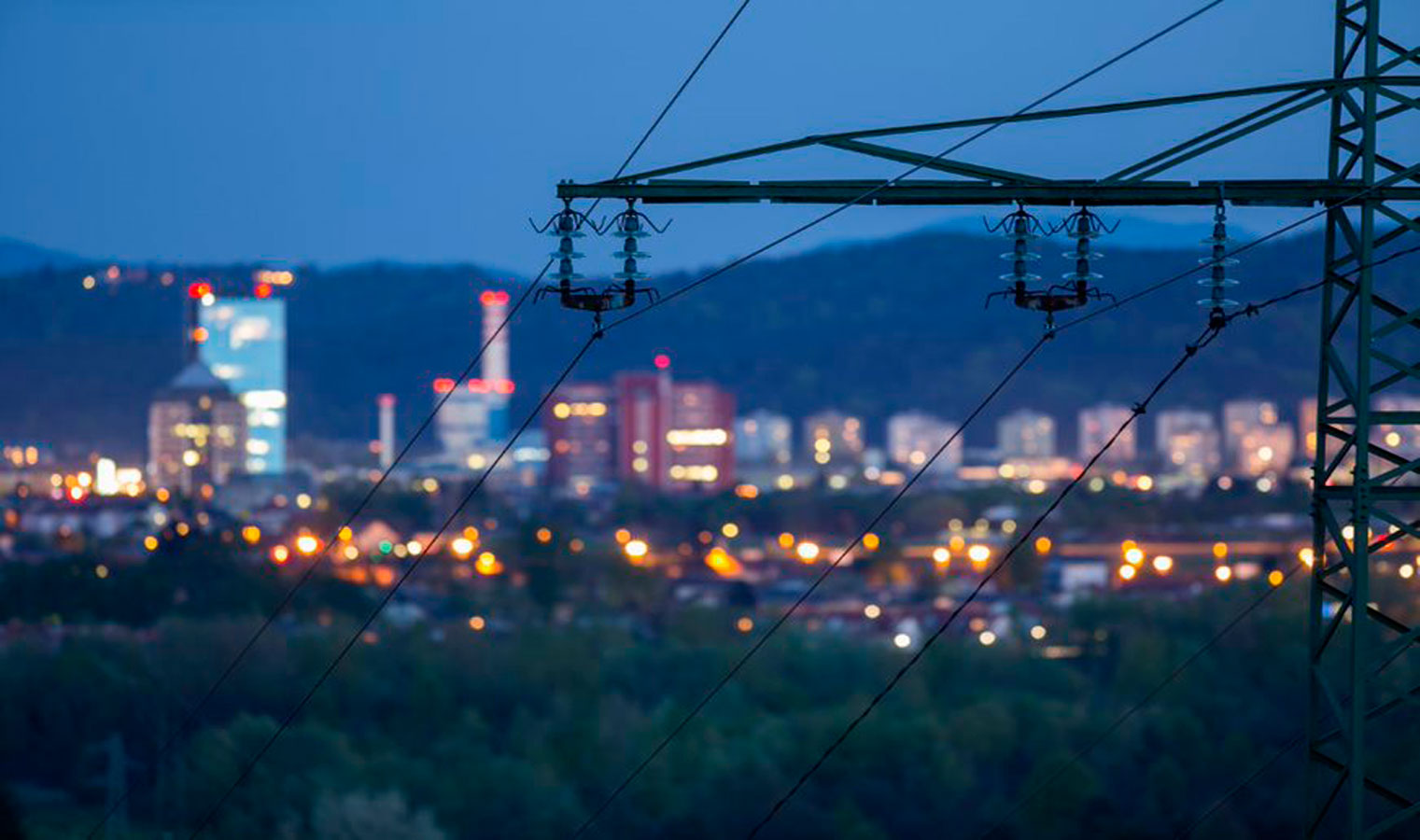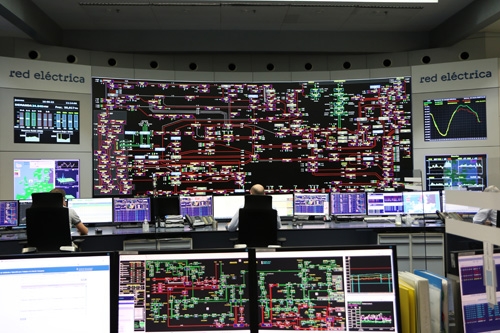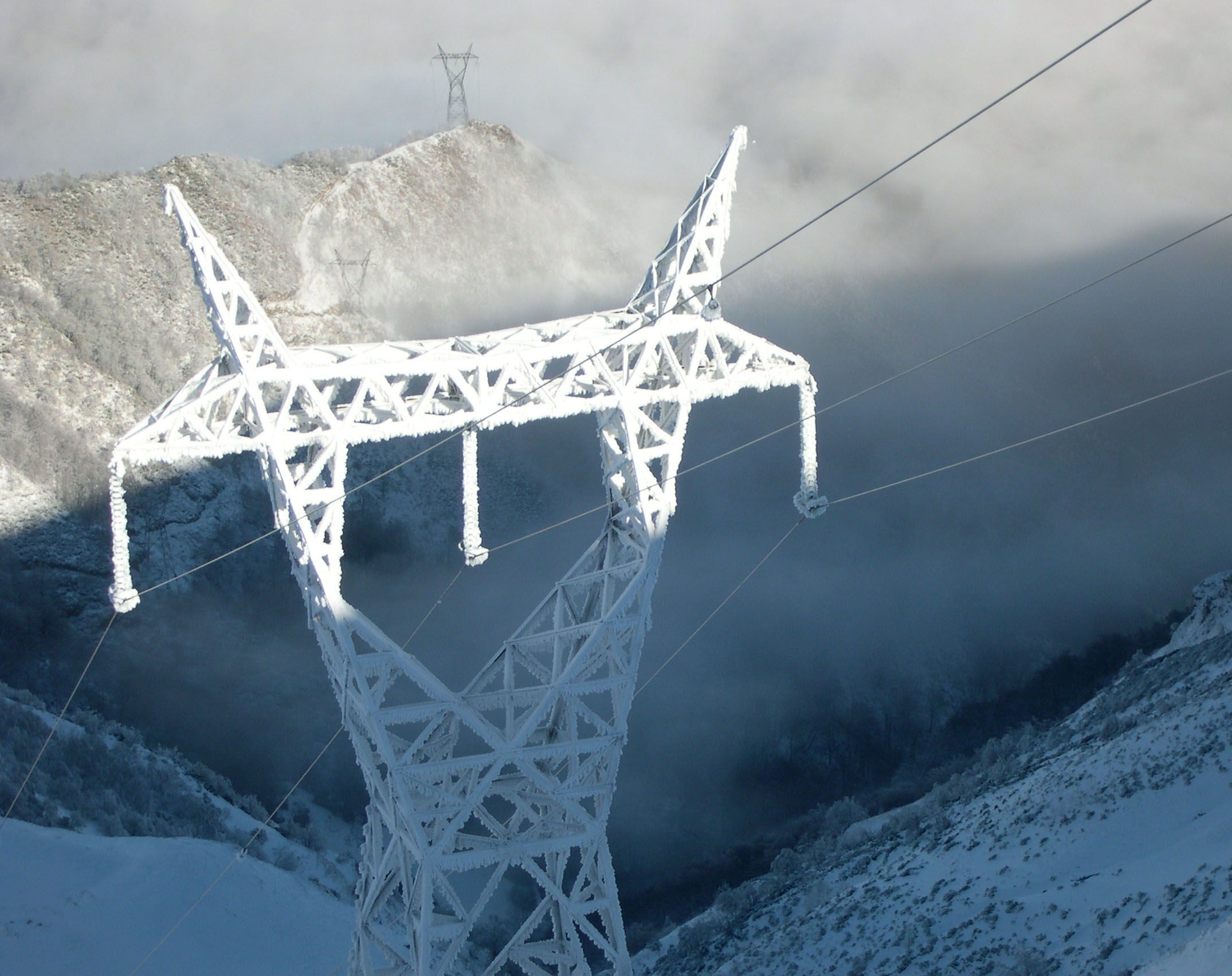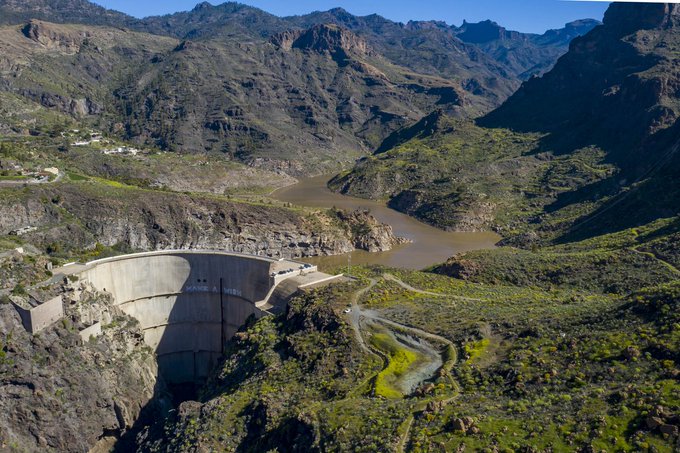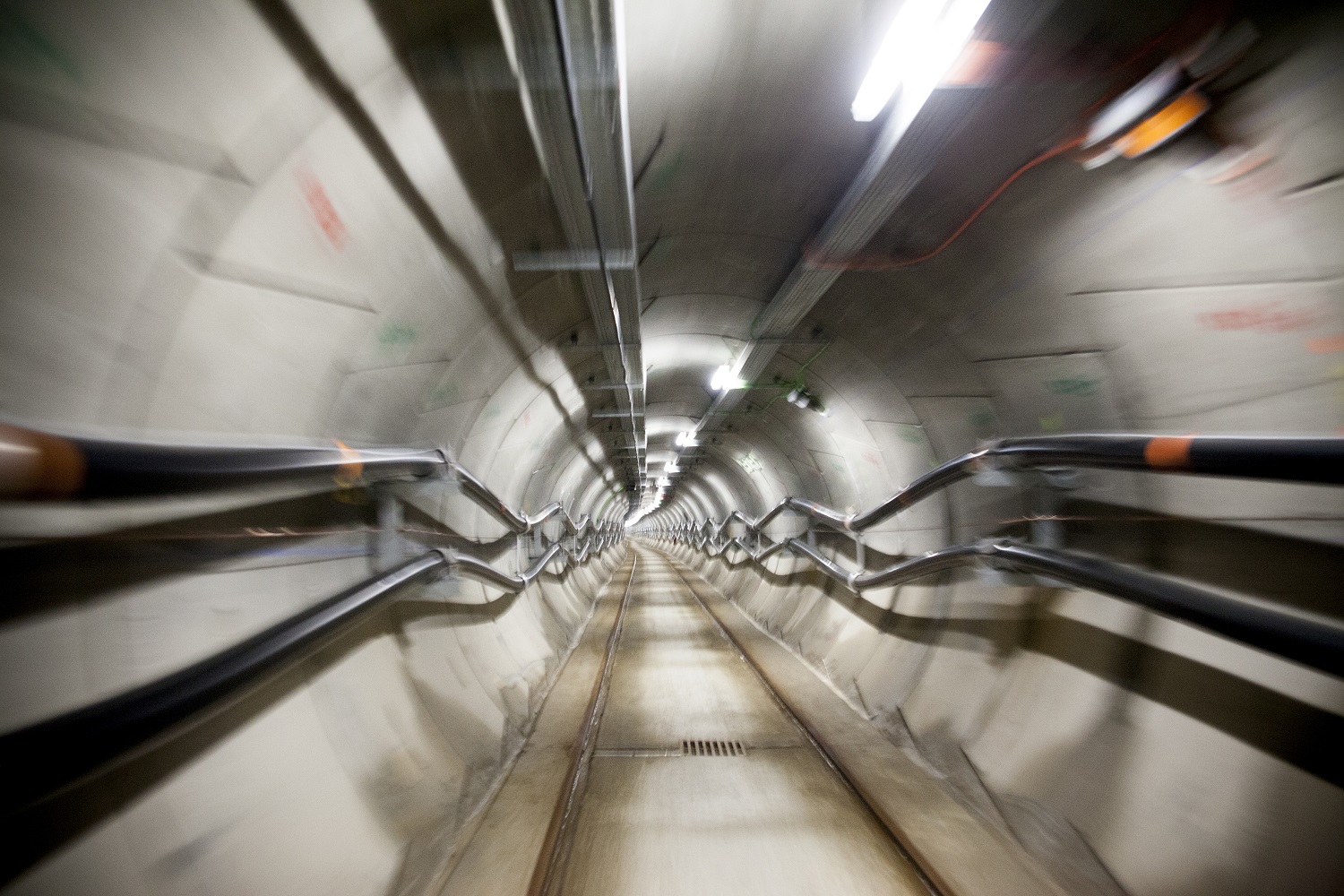For 40 years, we've been driving our country's economic and social progress. Four decades shaping Spain.
Red Eléctrica has discovered more than 40 previously unknown archaeological sites while building the transmission grid
- Among them are dinosaur footprints and the vestiges of many settlements and cultures. The authorities have been notified of their existence to safeguard their conservation.
- Protecting cultural heritage is of the utmost importance to Red Eléctrica, which designs its facilities to have the minimum impact on cultural heritage and ensures their survival with conservation, restoration, musealisation, and dissemination.
- This Redeia's subsidiary is sharing its knowledge with experts, scientists and government representatives during the Cultural Heritage and Energy Transition Seminars held at the Ministry of Culture’s National Archaeological Museum.

Red Eléctrica, Redeia's subsidiary responsible for the operation and transmission of the Spanish electricity system, has discovered more than 40 important sites and carried out more than 300 projects on assets nationwide in recent years as part of its transmission grid development. Among these discoveries and initiatives are five sites from Byzantine, Late-Punic, and Roman periods in Ibiza, along with dinosaur footprints in Soria and the restoration and musealisation of bunkers in Fuerteventura.
The company is sharing this expertise at the Cultural Heritage and Energy Transition Seminars taking place this week in collaboration with the National Archaeological Museum of Spain (Museo Arqueológico Nacional, MAN), a museum run by the Ministry of Culture. On Thursday and Friday this week, more than 25 speakers and 200 participants from the government, companies, academic and archaeological institutions, and experts in cultural asset management will analyse Red Eléctrica’s role in conservation while driving and streamlining the country's ecological transition.
The protection of cultural heritage is a fundamental factor in the design and construction of Red Eléctrica facilities. Before commencing any earthworks, the company conducts an archaeological survey of the site and designs the infrastructure to minimise any potential impact. An archaeologist is also assigned to supervise the work throughout the project. Likewise, and in line with its 40-year commitment to the territory since its founding, the company also makes all this heritage available to the public through conservation, restoration, and musealisation projects, as well as voluntary collaborations with museums and government authorities to digitalise their cultural assets.
During the inaugural event, Redeia’s chairwoman, Beatriz Corredor; the director general of Cultural Heritage and Fine Arts at the Ministry of Culture, Ángeles Albert; and the director of the National Archaeological Museum, Isabel Izquierdo, emphasised the importance of public-private collaboration in creating a positive impact across the territory and in preserving society’s heritage values, particularly cultural assets.
The chairwoman of Redeia pointed out 'Red Eléctrica's commitment to the protection and conservation of archaeological, ethnographic, and cultural heritage as a fundamental aspect in the development of the electrical infrastructure it manages.' According to Beatriz Corredor, 'This contribution is seen, in our latest Sustainability report, as one of the factors that provides the greatest positive net impact on the environment, alongside access to electricity supply and the social development of the territory'.
Meanwhile, Ángeles Albert explained that the Seminars launched today are part of the ongoing work line that the Ministry of Culture is currently developing concerning sustainability and cultural heritage and deepen its commitment to promoting cultural heritage as an agent in the fight against climate change from different perspectives.
In her speech, the director of the National Archaeological Museum, Isabel Izquierdo, noted that these days, fostering alliances 'is a valuable opportunity to learn and dialogue about archaeology today and its relation to public interest topics such as renewable energies, the impacts of the climate crisis, and the possibilities offered by technological innovation.'
A leader in the protection of heritage
When designing and building its infrastructure, Red Eléctrica complies with current regulations and goes a step further. On the one hand, it conducts environmental and heritage surveys to ensure that the layout integrates respectfully into the environment, protecting both environmental and cultural heritage; on the other hand, during the execution phase, it employs archaeologists who are present on-site to detect, document, and, when necessary, take action to protect historical vestiges.
In recent years, among other discoveries, Red Eléctrica has unearthed dinosaur footprints in Valtajeros (Soria), the remains of the Roman city of Isturgi in Los Villares (Jaén), and evidence of at least five archaeological sites near the Torrent substation in Can Malalt (Ibiza). These include a Byzantine necropolis (6th-7th centuries), a Late-Punic rural settlement, and a Roman aqueduct. Additionally, in Sequer de San Bernat near Alzira (Valencia), remains of an early Christian Roman villa were found, revealing evidence of prior Iberian settlements at the same location.
Another significant initiative focuses on a more recent historical period—the Second World War, which left a cultural footprint in Fuerteventura. There, the only air defence batteries against Germany in Spain have been recovered and museumised for public enjoyment and education.
Furthermore, within its Comprehensive Impact Strategy, its parent company, Redeia, collaborates voluntarily with public administrations, such as the Junta de Comunidades de Castille-La Mancha and the Junta de Andalucía, to digitise and geolocate all its cultural assets and archives. This technological advance helps streamline various administrative processes. Furthermore, it promotes digitisation and imaging at the Museo Canario, which is home to much of the archipelago's historical and archaeological patrimony. Recently, it enabled the Municipality of Antas (Almería) to acquire the largest collection of Argárica culture, which will soon be exhibited in the town.
Download photographs of the seminars here.
